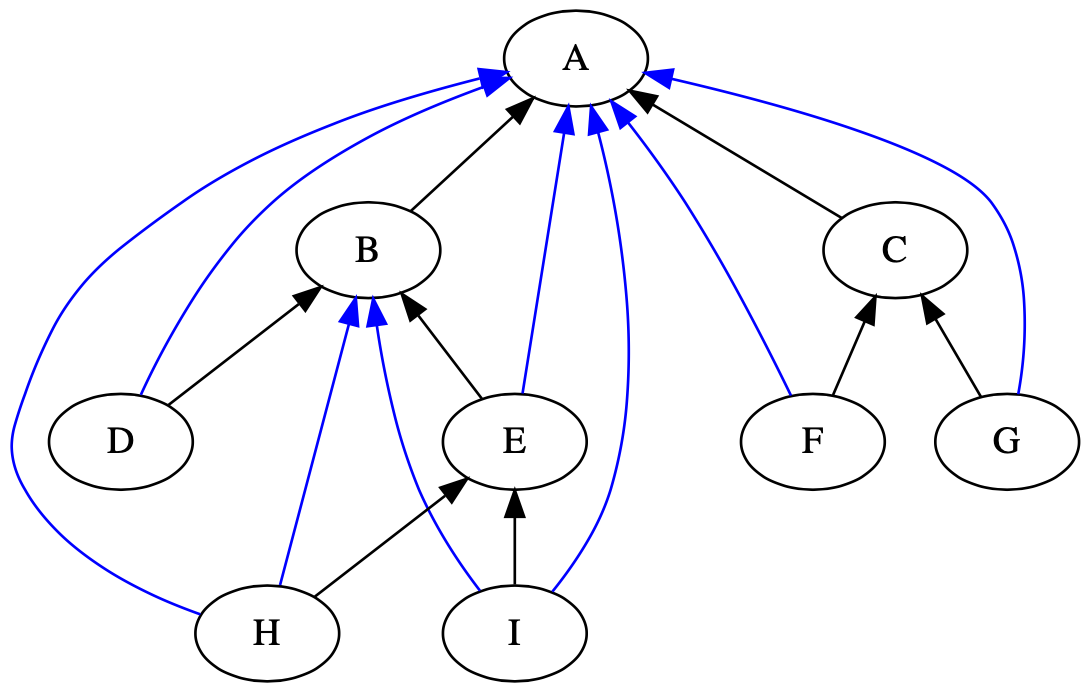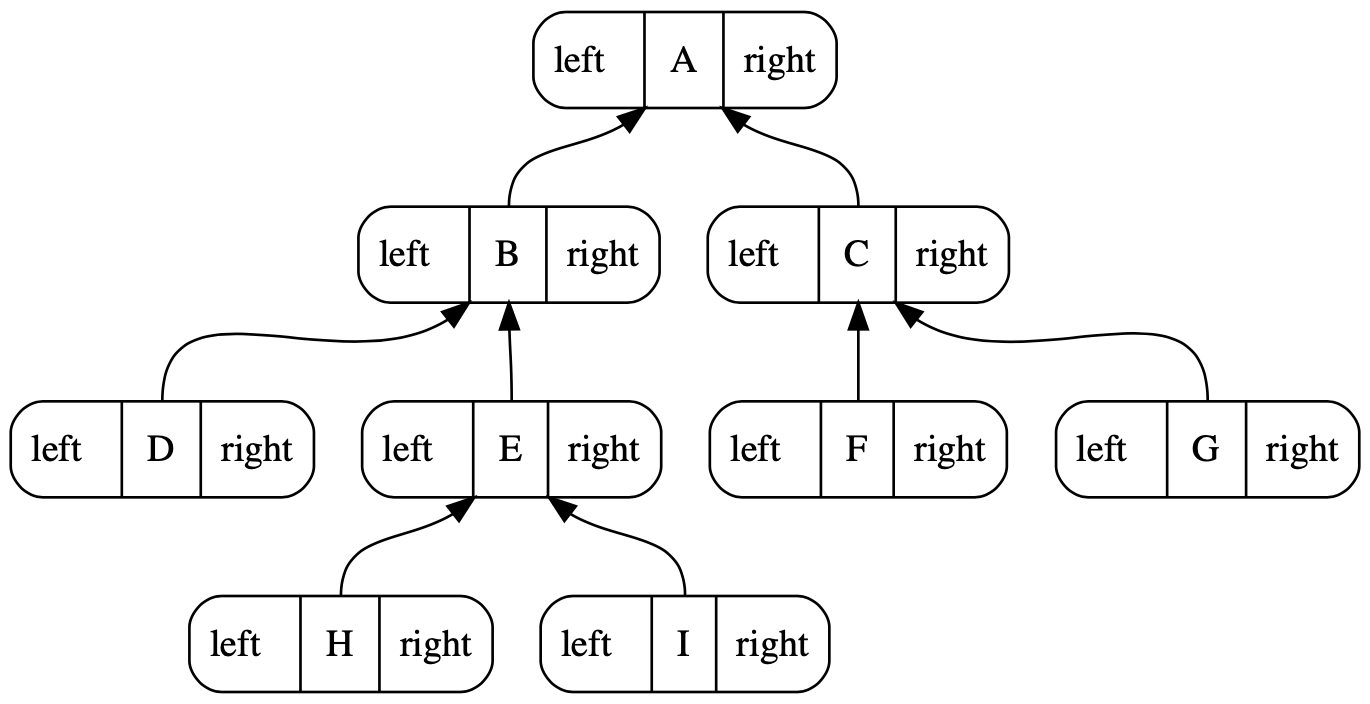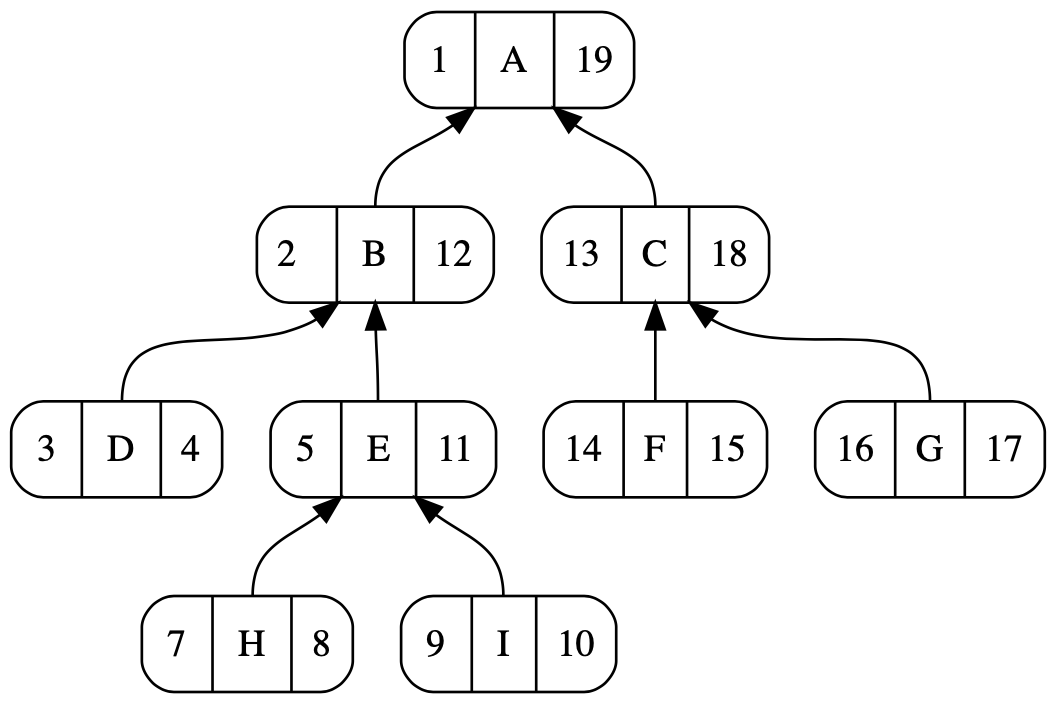| 32524 |
Amniota |
Homo sapiens, Gallus gallus |
14 |
| 32523 |
Tetrapoda |
Homo sapiens, Gallus gallus |
15 |
| 1338369 |
Dipnotetrapodomorpha |
Homo sapiens, Gallus gallus |
16 |
| 8287 |
Sarcopterygii |
Homo sapiens, Gallus gallus |
17 |
| 117571 |
Euteleostomi |
Homo sapiens, Gallus gallus |
18 |
| 117570 |
Teleostomi |
Homo sapiens, Gallus gallus |
19 |
| 7776 |
Gnathostomata |
Homo sapiens, Gallus gallus |
20 |
| 7742 |
Vertebrata |
Homo sapiens, Gallus gallus |
21 |
| 89593 |
Craniata |
Homo sapiens, Gallus gallus |
22 |
| 7711 |
Chordata |
Homo sapiens, Gallus gallus |
23 |
| 33511 |
Deuterostomia |
Homo sapiens, Gallus gallus |
24 |
| 33213 |
Bilateria |
Homo sapiens, Gallus gallus |
25 |
| 6072 |
Eumetazoa |
Homo sapiens, Gallus gallus |
26 |
| 33208 |
Metazoa |
Homo sapiens, Gallus gallus |
27 |
| 33154 |
Opisthokonta |
Homo sapiens, Gallus gallus |
28 |
| 2759 |
Eukaryota |
Homo sapiens, Gallus gallus |
29 |





